open main page for all woods open page 2 for articles
EARLY / LATE GROWTH ("GROWTH RINGS")
Trees that grow in temporate zones (that is geographic regions where there is little change in climate throughout the year) grow pretty much the same amount every day and consequently have little variation in texture. Trees that grow in regions with seasonal climatic changes, however, grow at different rates during the seasons, ranging from exhuberant "early growth" in the spring and early summer, to a slower "late growth" in the late summer and fall, to essentially none in the winter. The early growth is typically wider, less dense, weaker, and more porous than the late growth and in many cases is significantly lighter in color. These early/late growth sections are what make up the growth "rings" ("annual rings") in trees. One tree that particularly shows this characteristic in a very striking way is Douglas fir. Since there is one growth ring per year, the number of rings in a cross section show the age of a tree. Using overlapping informaton from both old dead trees and old live trees, scientists have dated events back for thousands of years based on tree rings.
Examples:

use of tree growth rings to date historical events
I can no longer find it, but I used to have a cartoon which used tree growth rings to illustrate irony. It showed an incredibly old redwood tree, cut down, with some of the rings labeled, much as in the picture above. The very last ring was labeled "The year Ronald Regan was elected as the 'Environmental President' "

transverse sections showing full sets of rings

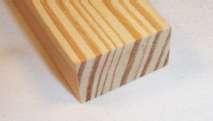
Douglas fir planks, showing very strong difference between light-colored early growth and darker-colored late growth. Many trees exhibit strong growth ring patterns, and that's what makes for the big difference in grain pattern among cutting techniques (flat cut, quartersawn, rift cut, rotary cut, and so forth). Few trees have quite as stark a contrast in both color and density between early and late growth as Douglas fir, which is why I've chosen it for this example.
The separation between early and late growth can be anything from the very sharp line of Douglas fir to a very indistinct separation where the two merge together almost impreceptably. The relative thickness of early/late growth will also vary substantially, although the late growth is invariably thinner than the early growth. In some woods the late growth is a very thin line compared to a very broad early growth.
other examples of growth rings, weak and strong
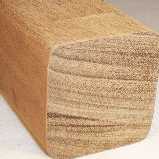

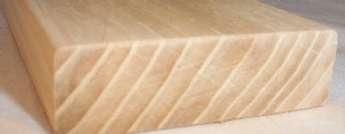
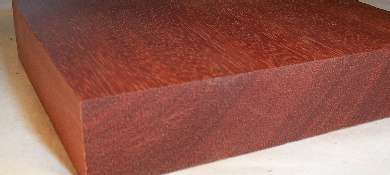
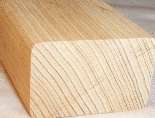
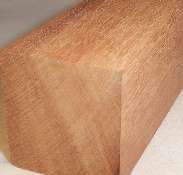
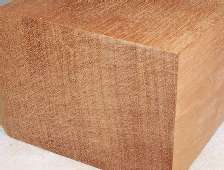
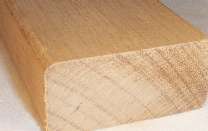
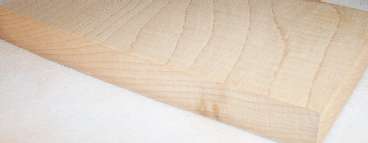




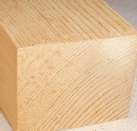


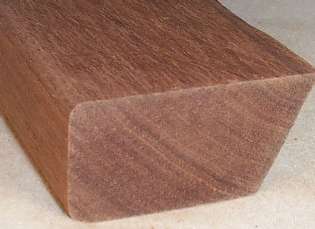
Just in case you're interested, the woods shown above are: afrormosia, two samples of ash, bloodwood, cypress, guarea, genuine mahogany, philippine mahogany, hard maple, meranti, obeche, osage orange, pau amerello, two samples of pine, teak, and black walnut.
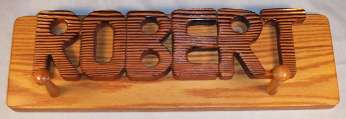
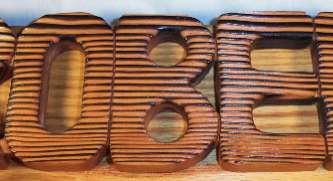
A coat rack made with Douglas fir over red oak. I have exploited the fact that the late growth is very much harder than the early growth. The piece was burned with a torch then scrubbed with a wire brush. The soft early growth just turned to ash and scrubbed right off whereas the hard late growth scortched but did not burn and did not scrub off, thus giving a nice ridged effect and a highlighted grain contrast. If you enlarge the detailed pic, you really see the 3D effect my process created. Finish is polyurethane.






















